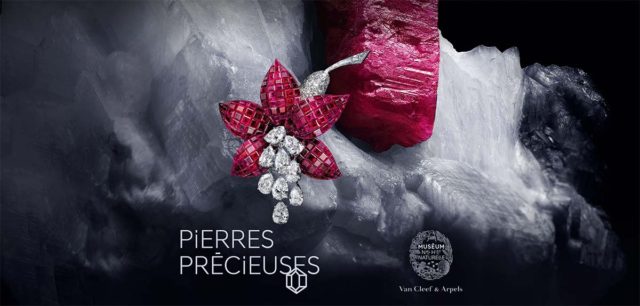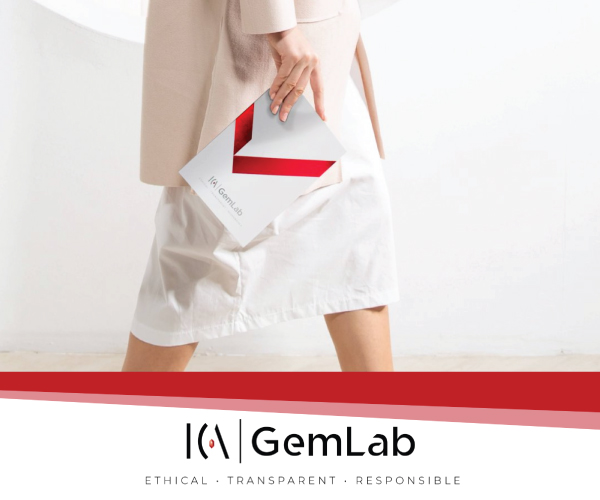Estimated reading time: 5 minutes
In collaboration with Van Cleef & Arpels, the Muséum National d’Histoire Naturelle, MNHM (National Museum of Natural History) featured a spectacular exhibition entitled Gems or Pierres Précieuses (Precious Stones), that ran from September 16, 2020 to August 22, 2021.
The exhibition combined several fields that are closely connected and yet rarely brought together—mineralogy, gemology, and the art of jewelry making. To commemorate and document the occasion was the publication of the superbly beautiful book, Gems (Pierres Précieuses).
The exhibition catalogue is a collective work under the scientific direction of François Farges. It brings together contributions of more than 25 researchers for an in-depth exploration of all the scientific, historic, and artistic themes addressed in the exhibition.
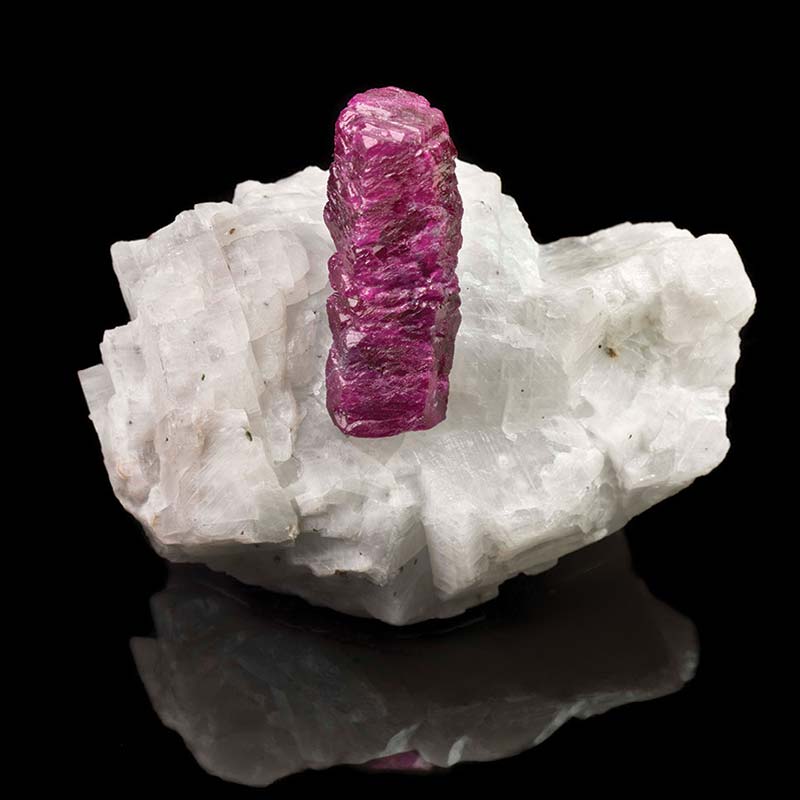
To further appreciate the book, we must take a look at the exhibition itself. Gems embraces the age-old history of minerals while highlighting the skill mankind has wielded over the centuries to heighten their splendor. This approach—both scientific and aesthetic—delves into the very origins of the Earth, building on recent discoveries in the field of mineralogy and underscoring the interest, passion, and even fascination that minerals, gemstones, and jewelry have inspired in nearly all civilizations since time immemorial.
Structured along a three-part journey at once chronological and thematic, Gems opens with a section entitled History of the Earth, Histories of Savoir-Faire that explores the original formation of minerals and their use in society, tracking the development of skills and craftsmanship over time.
A second part—From Minerals to Jewels—offers insight into the natural phenomena occurring in the depths of the Earth that act on stones, rocks, and crystals before they are made into jewels by human hands. Their transformation came to light in some 40 showcases, as well as through themed tablets, audio-visual displays, and touchscreens interspersed throughout the exhibition to present each type of stone— diamonds, topazes, sapphires, aquamarines and more—in three different forms: as raw minerals, cut gemstones, and high jewelry, thus following the path of each gem from Nature to work of art.
The third part of the exhibition looks back on the historic, scientific, and artistic significance of Parisian Expertise, furthering the development and spread of learning in the field of mineralogy, a phenomenon that continues to stimulate artists and lovers of beauty even today.
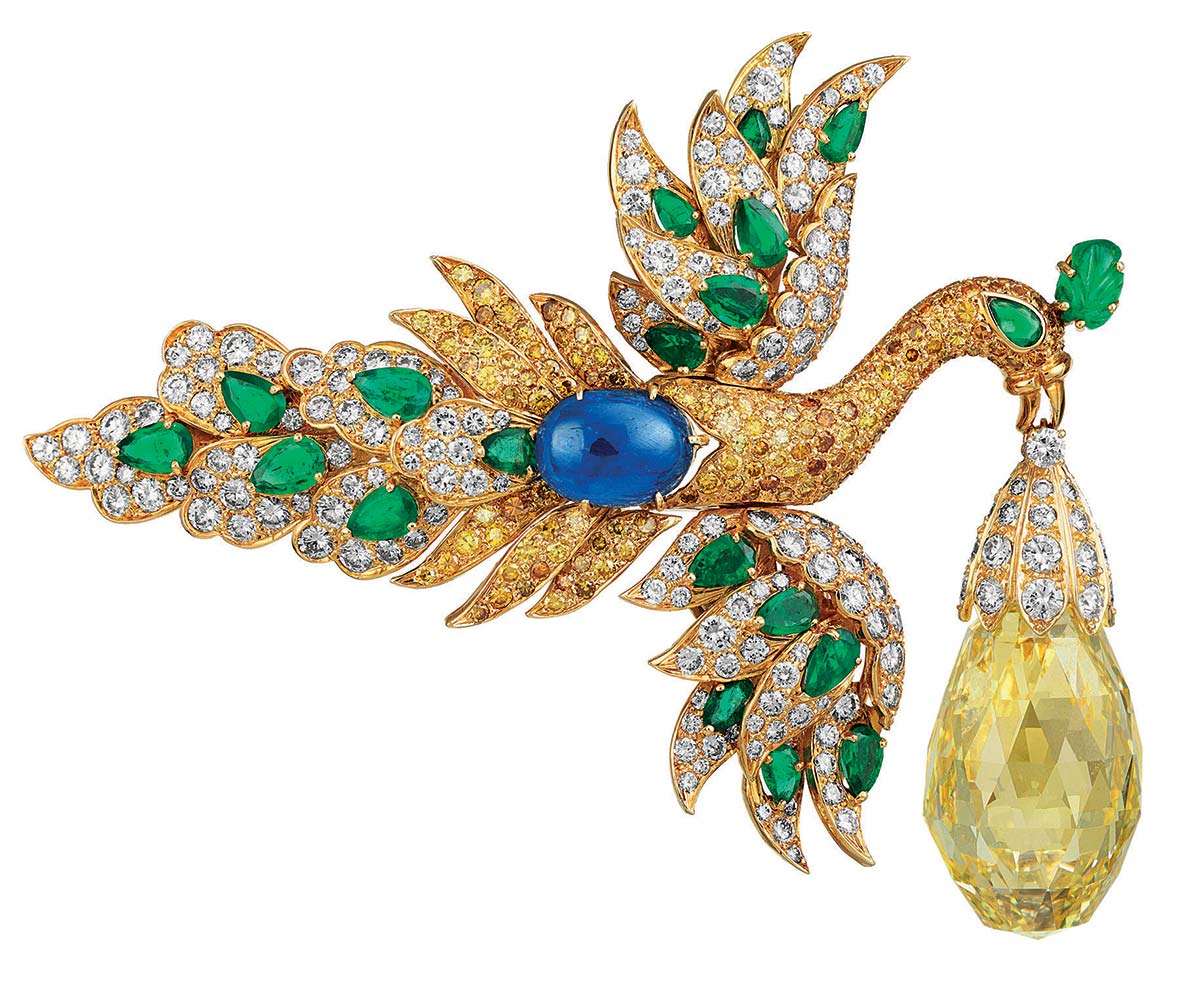
Designed to encourage immersive exploration and the perennial dialogue between science and creation, Gems brings together some 360 minerals, gemstones, and objets d’art from the Museum’s prestigious collection, and more than 250 jewelry creations taken from the heritage collection of the Maison Van Cleef & Arpels, as well as 50 loans from other institutions and private collections.
Gems/Pierres Précieuses is a joint publication of the French National Museum of Natural History/Flammarion. It is available in three editions: French, English, and Chinese. Size: 18.5 x 24.5 cm; 304 pages.
The decor for Gems, designed by the Jouin Manku from Mozambique. (VCA) agency, uses changing colors and materials to immerse visitors in a universe in motion. Embracing the sensations and allure of precious stones, designer Patrick Jouin and architect Sanjit Manku designed a structured, three-phase itinerary, a circuitous path tracking and illustrating the different stages of mineral formation and its subsequent transformation by human hands. Plunging into the bowels of the Earth and then returning to the surface, this exploration is based on George Sand’s little known novel Laura: A Journey into the Crystal, which inspired Jules Verne’s Journey to the Center of the Earth. The narrative that unfolds through the exhibition combines two visions of time, the vertiginous cadence of the cosmos and time as experienced by humanity, and two registers of size: the infinitely large and the infinitely small.
To guide visitors through these conceptions of space and time, it was designed with patterns of light, color, and materials that heighten fluidity and underscore the interplay between contrast and transparency. In this setting, dark tones represent the depths of the Earth.
Telluric convulsions are depicted by warm colors, morphing into cooler tones closer to the surface. A succession of circular spaces represents this dynamic, described mainly in the second part of the exhibition. The visit proceeds seamlessly among friezes and showcases, in a Paris of inventions and innovations ranging from the Grand Siècle to the present day.
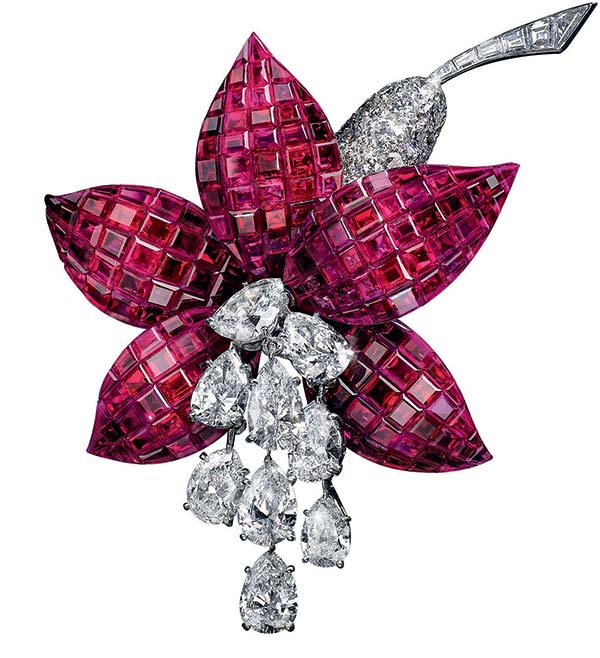
Within the Gallery of Evolution, Gems continues the dialogue between art and science initiated in 2016 with the exhibition The Arts and Science of Gems in Singapore. Amid abundant scientific data and several exceptional creations, the decor serves one overarching goal: to offer visitors a timeless excursion that sparks and sustains their curiosity. While prompting myriad discoveries, it preserves the sense of wonder stirred by precious stones and Nature. That is why the designers created a luminous space at the heart of the exhibition, adorned with translucent white fabric. An allusion to a recently discovered cave in Mexico containing spectacular giant crystals, this empty space serves as a landmark and an area for contemplation.
The book Gems faithfully celebrates the exhibition and its architecture. It evokes the beauty and life that precious stones possess, in a time scale that defies human understanding.
Gems is a must-have for aficionados of minerals, gems, and jewelry the world over.



